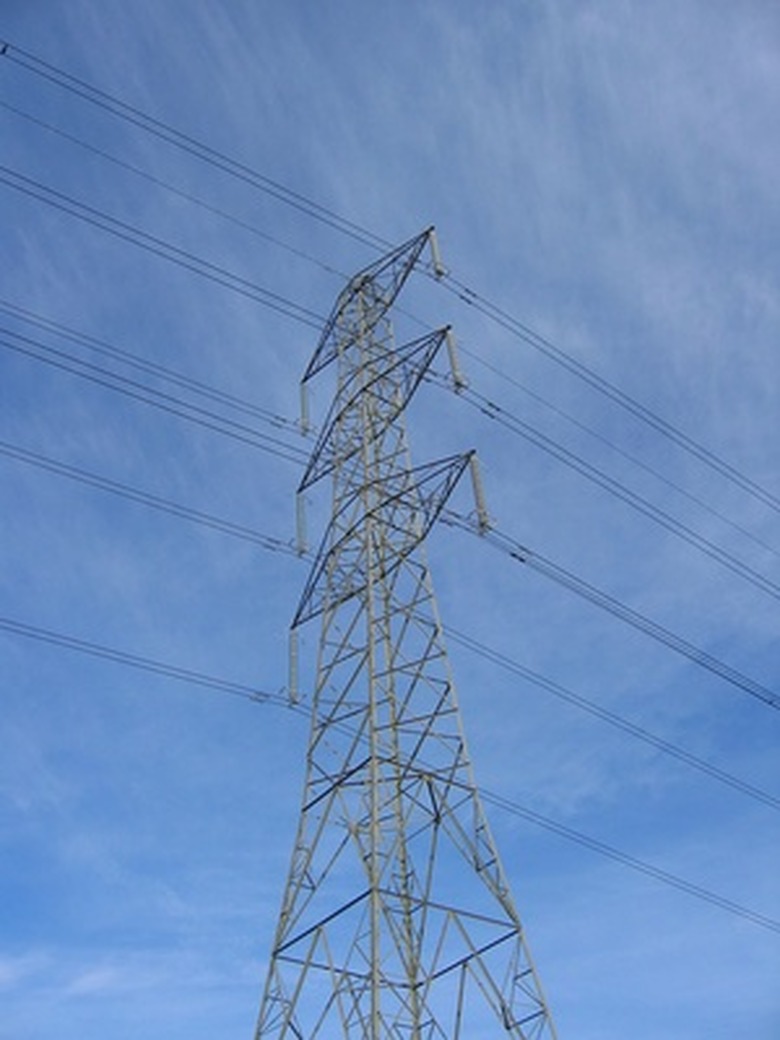What Is The Typical Voltage For Power Lines?
A power-generating station distributes electricity to customers over a transmission system called the grid. Initially, electricity flows through the grid at very high voltage. The voltage is then lowered at certain points, depending on the type of customers receiving the electricity.
Transmission Line
Transmission Line
Transmission lines carry high voltage electricity, typically at 345,000 volts, over long distances between the power generation plant and customers. In some cases, a large industrial customer may receive electricity directly from overhead transmission lines.
Subtransmission Line
Subtransmission Line
Transmission line voltage is lowered and fed to subtransmission lines at 69,000 volts. These lines normally supply large commercial businesses.
Local Transmission Line
Local Transmission Line
Voltage of subtransmission lines is decreased to feed the majority of business, small industrial and residential customers. The voltage of a local transmission line is 13,800 volts. This voltage is then lowered even further to between 220 and 440 volts for industrial use and from 120 to 240 volts for commercial and residential customers.
